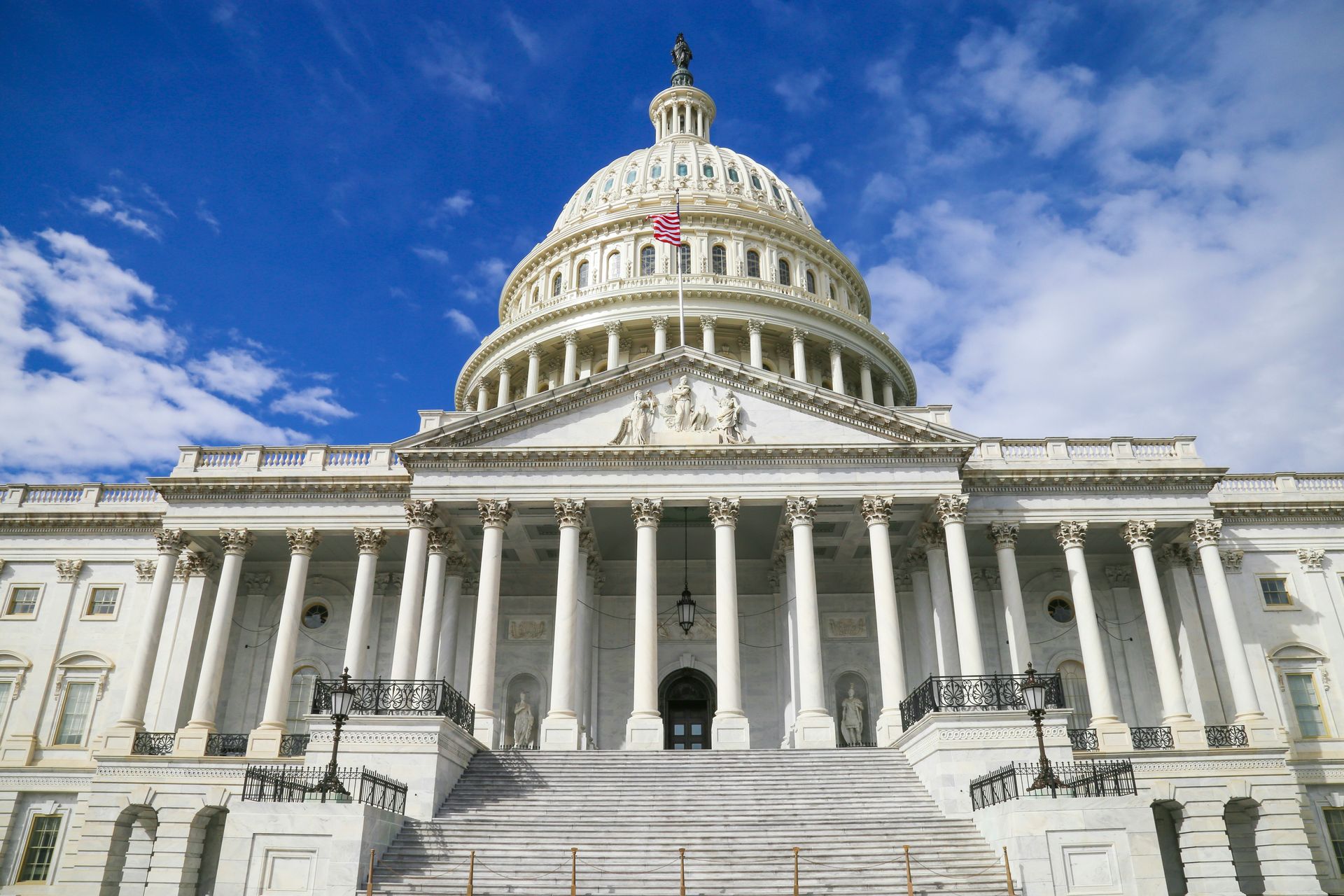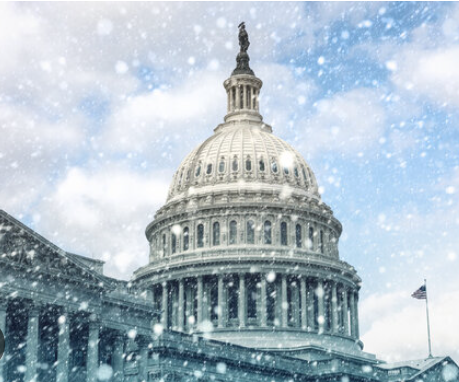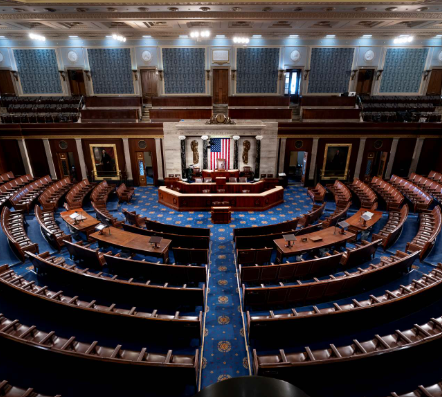Blog Layout
Election 2024: Initial Takeaways
Here’s what we know:
- Donald Trump has been elected as the 47th President of the United States. In his previous term, the former President supported workforce development policies that emphasized employers’ roles and contributions to the workforce system.
- Republicans have regained control of the U.S. Senate for the 119th Congress, which begins in January, but the final margin of control is still being sorted out.
- The Senate Republican conference is expected to begin deliberations to elect a new Majority Leader in the next few weeks. Current frontrunners for this position are Senators John Thune (R-SD), John Cornyn (R-TX), and Rick Scott (R-FL).
- As the party controlling the Senate, Republicans will serve as Chair of each Senate committee. The Senate Health Education Labor and Pensions (HELP) Committee will likely be led by Sen. Bill Cassidy (R-LA). The Senate Appropriations Committee will likely be chaired by Sen. Susan Collins (R-ME).
- There will be many new U.S. Senators in the 119th Congress, including Angela Alsobrooks (D-MD), Jim Banks (R-IN), John Curtis (R-UT), Jim Justice (R-WV), Andy Kim (D-NJ), Bernie Moreno (R-Ohio), Pete Ricketts (R-NE), Adam Schiff (D-CA), Lisa Blunt Rochester (D-DE), and Tim Sheehy (R-MT). Several races are still too close to call.
- U.S. House races will take more time to be determined, so control of the House remains uncertain at this time.
Here's what’s next:
- NAWB will share information as it becomes available on committee leadership, the final makeup of Congress, and prospects for workforce policy in 119th Congress.
- NAWB will advocate for a strong investment in workforce development in the new president’s budget, inaugural address, and Cabinet nominations. This will include reaching out to the White House Transition Team.
- NAWB will host a special post-election Public Policy PowerUp for our members on Friday, Nov. 22, at 1pm EST.
- NAWB is already hard at work planning Workforce Advocacy Day immediately following The Forum in Washington, DC.
Here's what you can do:
- Tell us about your connections to newly-elected (or re-elected) members of Congress or local officials. This will help us in planning our advocacy throughout the year.
- Plan to join us for Workforce Advocacy Day, the ideal opportunity to tell the powerful story of workforce development in your community and to build strong relationships with our elected officials in Washington.
- Congratulate everyone in your community who ran for office, even if they didn’t win. This is a nice way to acknowledge community leaders and build a relationship with potential future leaders.
Know that your voice will continue to have great value: Every new member of Congress will come to Washington with a different level of knowledge about the workforce development system. It will be up to all of us to educate them about how the system serves their constituents, and how Congress can bolster it.
NAWB is committed to providing tools and resources needed to advocate effectively on these issues.
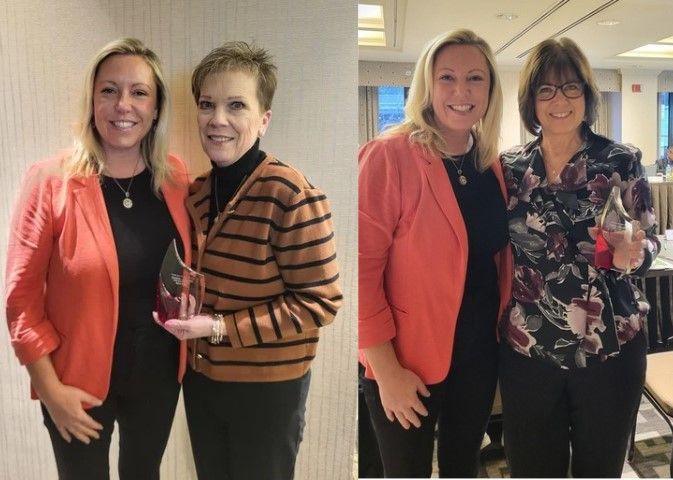
By Stacy Heit
•
January 17, 2025
January 17, 2025 -- The National Association of Workforce Boards (NAWB) today announced that two members of its Board of Directors, Kathy Jewett and Debra Giordano have stepped down from their roles for personal reasons. Al Searles, a member of the board’s executive committee, has been elected to the Vice Chair position vacated by Jewett during the board’s most recent meeting. “On behalf of the NAWB team, I extend my gratitude to both Kathy and Deb for their valuable contributions and commitment during their tenure on the Board,” said President and CEO, Brad Turner-Little. “Their leadership and dedication have played an integral role in shaping our growth and I appreciate their guidance during a time of transformation for the organization.” “As Board Chair, I want to extend my deepest gratitude to Kathy for her exceptional leadership and dedication as a board director over the past six years and most recently as vice chair,” said NAWB Board Chair, Lisanne McNew. “Her vision and commitment have been pivotal in advancing NAWB’s mission and strengthening workforce boards nationwide. As Al steps into the role of Vice Chair, I am confident his expertise and passion will guide us forward, building on Kathy’s legacy and driving continued innovation and impact in workforce development.” She added, “Deb’s expertise and dedication to workforce development have been invaluable to our industry. Her thoughtful leadership and contributions have left a lasting impact on workforce boards and the communities they serve. We are deeply grateful for all she has done for our board.”
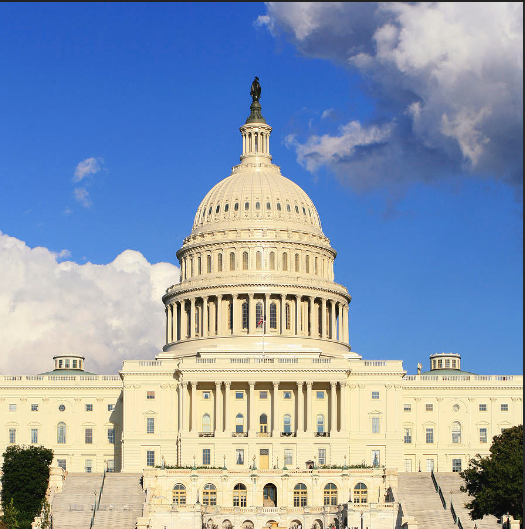
By Brad Turner-Little
•
December 3, 2024
December 3, 2024 -- NAWB President and CEO, Brad Turner-Little , made the following statement in response to the Congressional committee leadership's bipartisan, bicameral agreement to reauthorize the Workforce Innovation and Opportunity Act (WIOA). The new bill, which we provided an initial summary of, is currently being considered on a fast-track procedure in the Senate. "Since WIOA’s reauthorization in 2014, workforce development boards (WDBs) have sought to meet the evolving needs of employers, jobseekers, and the local communities that they serve. It is laudable that lawmakers have reached consensus on legislation to make significant updates to the nation’s public workforce development system, including improvements that recognize the vital role that WDBs play in strengthening local economies. Since the initial release of a new bicameral and bipartisan WIOA reauthorization agreement last week, A Stronger Workforce for America Act (ASWA), the National Association of Workforce Boards (NAWB) has spent time analyzing this proposal and engaging with our members to understand how the bill would affect ongoing operations, service delivery, and the ability of WDBs to serve jobseekers and employers alike throughout the nation. Through these discussions, it has become clear that there are aspects of this legislation that conform with NAWB’s vision for the future of the public workforce system, while there are other significant components of this agreement that will be challenging to implement at best and could undermine WBDs’ ability to meet their mission. ASWA would renew the law for five more years, sending a powerful signal that the public workforce system authorized by this legislation is critical to wider efforts in preparing and sustaining the skilled workforce needed for America’s wider success. NAWB is pleased to note that many of the organization’s recommendations have been incorporated into this legislation. These include clarifying local WDBs’ authority over local budgets; increased flexibilities to serve incumbent workers; improvements to cost-sharing requirements for one-stop centers, including flexibilities for the sharing and pooling of these resources; increased professional development opportunities for local staff; allowing for marketing and outreach efforts on behalf of the system; allowing WDBs to serve as one-stop operators when meeting certain conditions; a new emphasis on skills-based hiring; and dramatic improvements to data collection and subsequent reporting to make the public workforce system more transparent and responsive to the needs of workers and employers. While NAWB appreciates these and other aspects of the agreement, the legislation unfortunately continues to advance provisions that our organization does not support, including a new systemwide mandate for training and an overly prescriptive work experience requirement for youth funding which we believe runs counter to local autonomy and flexibility. While we appreciate the agreement’s recognition of the important role supportive services play in the success of worker skills development, we continue to call on Congress to ensure that any new requirements reflect the realities facing the populations WIOA is structured to prioritize. NAWB’s members have made clear that increased state-level set-asides will mean fewer resources will be available to local WDBs to implement these and other aspects of this legislation with fidelity. In conjunction with the proposed local workforce area redesignation provisions, NAWB’s members have also made clear that there is a strong potential that aspects of the public workforce system will need to close, staff laid off, and business services significantly curtailed under these new operating constraints. Taken together, we remain deeply concerned that these aspects of the agreement will make it more difficult for the public workforce development system to serve jobseekers and employers alike moving forward. We are grateful to have heard from so many of our members who provided thoughtful and meaningful perspectives as part of NAWB’s analysis of this legislation. They are the true experts, working every day with local community partners, elected officials, businesses, and jobseekers. We recognize the extremely challenging environment that workforce boards will be in whether this bill is enacted during the final days of the 118th Congress or if current law remains in place for the time being. In either scenario, NAWB remains committed to working closely with the incoming administration and new Congress to ensure that the public workforce development system is responsive to the needs of workers, learners, and businesses, and can fulfill the significant workforce development needs of our nation now and in the future. This will certainly be among our top priorities during Workforce Advocacy Day , scheduled for April 1-2 , 2025 in Washington, DC. NAWB members need to share their expertise with members of Congress to ensure that the workforce system has the necessary resources to serve their local communities.” Learn more about NAWB's work on WIOA.
National Association of Workforce Boards | All Rights Reserved |
Created by Olive + Ash.
Managed by Olive Street Design.


